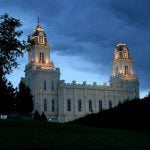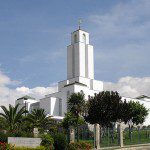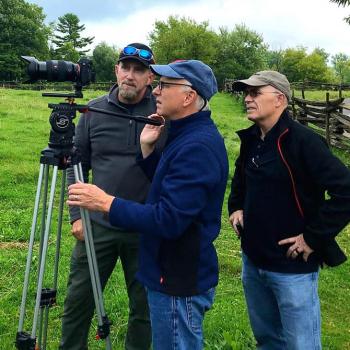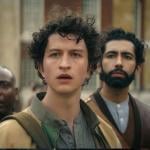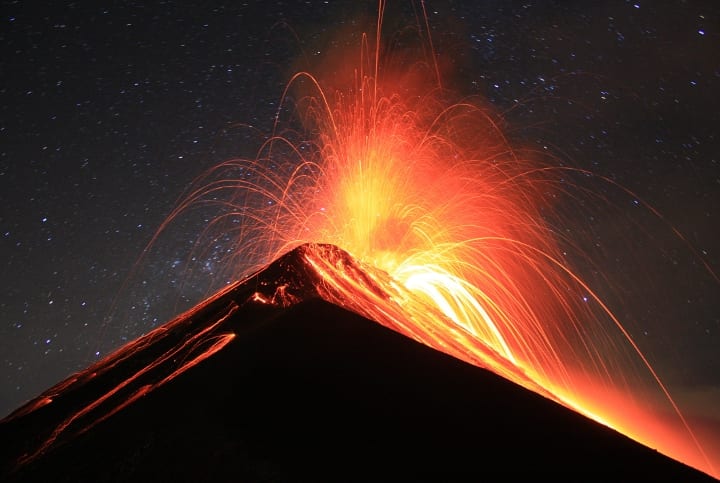
(Wikimedia Commons public domain photograph)
I’ve begun to publish a short series of notes mostly extracted from an article written by a longtime friend of mine, the Latter-day Saint geologist Dr. Bart Kowallis, about the natural catastrophe described in the Book of Mormon as occurring in the New World around the time of the death of Christ in the Old World: Bart J. Kowallis, “In the Thirty and Fourth Year: A Geologist’s View of the Great Destruction in 3 Nephi,” BYU Studies 37/3 (1997-1998):
“Geology and Third Nephi (1): The Time of Darkness (A)”
“Geology and Third Nephi (2): Santorini and the Land of the Pharaoh”
“Geology and Third Nephi (3): The Time of Darkness (B)”
“Geology and Third Nephi (4): An Explosive Volcanic Eruption?”
“Geology and Third Nephi (5): Evidence from Ice Cores?”
On pages 148-158 of his article, Professor Kowallis provides historical parallels to the storm, tempest, whirlwinds, thunder, and lightning described in the Book of Mormon at the time of the crucifixion of Jesus. Citing accounts from such eruptions as Mount St. Helens (1980), Mt. Pelée on the Caribbean island of Martinique (1902), the island volcano of Krakatoa off the coast of Java (1883), and Tambora (1815), he illustrates in fascinating and dramatic detail how very true to geological reality the narrative in 3 Nephi is.
It scarcely needs to be said, I think, that this raises an intriguing question: How much could Joseph Smith have known about volcanism in 1828-1830?
He certainly had no first hand experience with them. He was, after all, born in Vermont, a state that apparently has no known volcanoes. He grew up to maturity in New York State, which evidently has no volcanoes. (See this list of the volcanoes in the United States.)
Could he have learned of them through study? This would need to be established. It’s very doubtful, for instance, that any library near him had much of a collection of books on seismology. In fact, it’s even doubtful that he would have had access to such libraries in the first place: They typically required payment of fees, and there is no record to indicate that he or his family were members of any library.
Moreover, even assuming that books on volcanology or seismology were somehow available in his information environment, the young Joseph Smith seems to have been less than an avid student before his call to prophethood: “Joseph,” his mother later recalled, “was less inclined to the study of books than any child we had.”




